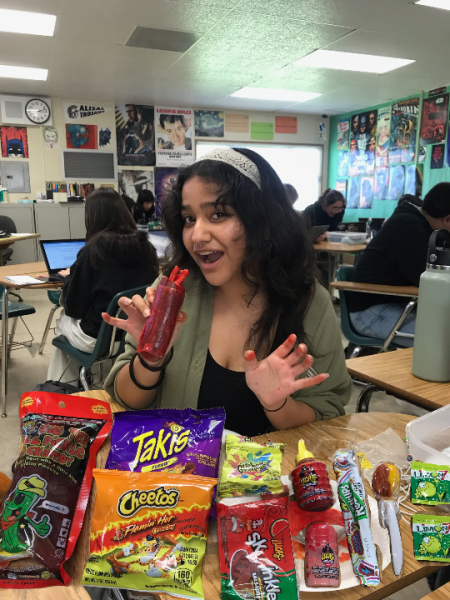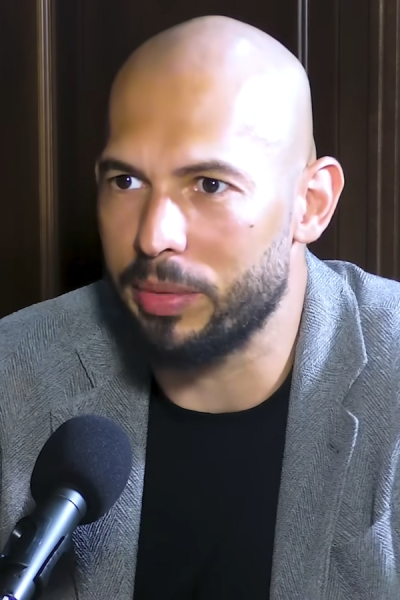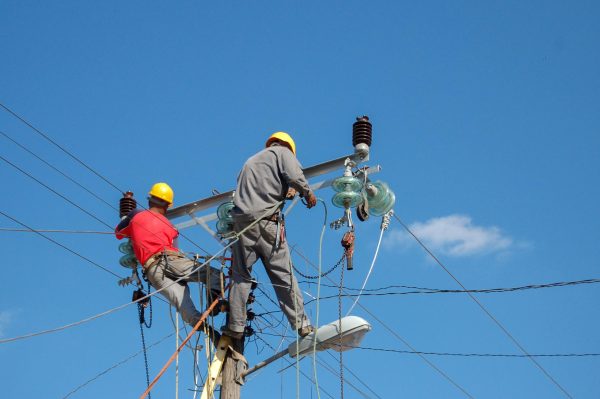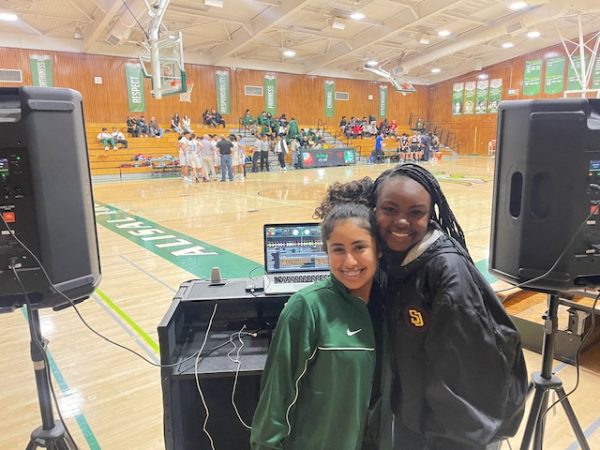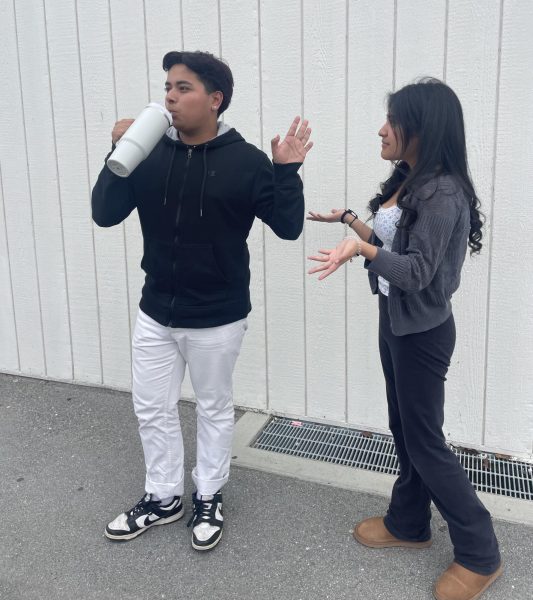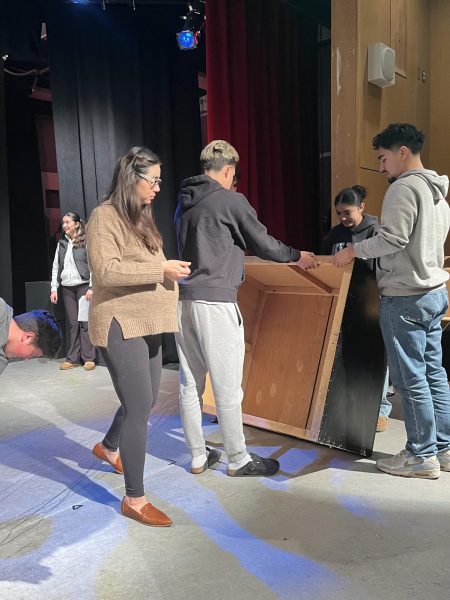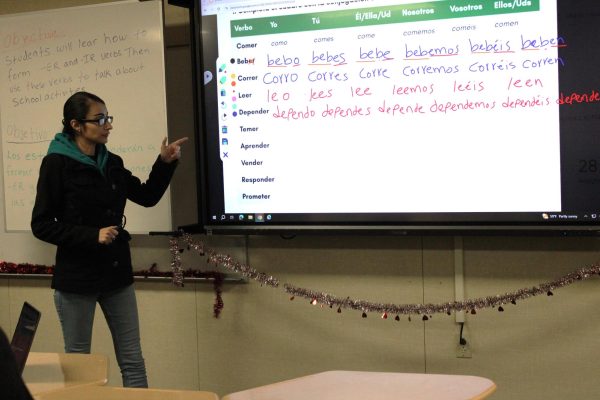Is social media a good source to get news?

As a teenager, social media is vital in my everyday life; whether it is to text friends or just to entertain myself when I’m bored, it’s present. It’s inevitable to scroll through the feed and not see advertisements, memes, links to take weird quizzes, and of course links to the latest breaking news. It’s clear that social media has changed the landscape of how society used to be and one of the most important changes has taken place in the news industry.
The history of news can be traced back to long-term changes that began as early as the 1960s and accelerated in the 1980s. It went from news only being reported at fixed times, to a 24hr stream network. On June 1st, 1980, CNN made its debut as the first television channel to provide 24-hour news coverage in the United States. CNN eventually gained recognition for covering live events around the world as they happened, something that other news companies wouldn’t do. Later, as the web opened access to the internet for a large number of people beginning in the late 1990’s, accelerated the way news would be consumed. A little over ten years ago, social media wasn’t that popular in our society and news were taken way more seriously. Young people didn’t really care about news, but older people would turn their T.V or radio on at a certain time to listen to or watch news channels. Days like that are over, now people get their news from social media platforms, which are available 24/7. In fact, according to a research conducted by Pew Research Center, about two-thirds of the American population say they occasionally get news on social media.
However, the research also mentions that many of these consumers expect some of the news they see on social media to be “largely inaccurate”. The concern over the credibility of news distributed on social media comes from different reasons, but the most popular is the fact that people can manipulate any information online. This is known as “fake news” and they surfaced more than ever during the presidential elections of 2017. Social media was flooded with pro-Clinton articles, but most were focused on pro-Trump; which many people assume helped Trump win the election. A Princeton-led study about fake news consumption during the 2016 campaign, found that 2.6 percent of all hard-news articles late in the 2016 election campaign were false articles, many of them addressing the belief that candidate Hillary Clinton had “secret health issues”. This is a clear example of how fake news, opinions and misinformation can be spread in minutes through social media and have a huge influence on what people believe.
That then raises one question; why are people getting news from social media when they believe they’re not accurate? Well the answer is simple, what composes “news” has changed with the rise of social media; memes, trends, and pretty much anything that is going viral is now considered to be news. When we think of the term “viral”, we often think of viral videos. But truthfully, anything can go viral on the internet. Whether it’s a photo, a quote, an article, a person, a tweet, an idea, an argument, or anything else, it has the power to go viral if it appeals to the public enough. For example the Kardashian’s cheating scandal that’s going on, involving celebrities Khloe Kardashian, Tristan Thompson and Jordyn Woods is as viral as the Cohen testimony, which involves the president of the United States “cheating” to inflate his net worth and possible impeachment if there’s evidence he made deals to manipulate the 2016 presidential elections.
The internet we are seemingly so addicted to, gives us the tools to share our own opinion or even take action about breaking news and any other relevant events. It’s clear that for us, the future of news is on social media. Students are getting their news from two main sources; the internet and t.v. Maria Ponce, a senior here at Alisal, who uses Instagram, Twitter, and Snapchat to get news, says that she uses these sources “because it’s convenient and everybody talks about what’s going on”. But also, there’s other students who don’t really use these platforms to read the news but end up opening articles. “Honestly, these sources are on my feed so it’s easy for me to just click and read”, said Xochil Reyes who reads news from Instagram. The news media world didn’t stay behind, legit companies that one day provided newspaper, now offer online subscriptions on social media platforms that notify their subscriptors about the latest news in real time.
But with social media being a fast distributor, inaccurate information can spread quickly on these platforms. Companies like Facebook and YouTube that have been affected by this, are working on cracking down on “fake news”/conspiracy videos that have bothered both communities. They plan to fix this with a “combination of machine learning and real people”. Articles and videos with fake headlines and wrong information confuse people and often makes us realize that not everything we read on social media is legit or accurate. Social media is with no doubt the most convenient source to get news in real time, but it’s easy to get fooled by fake news. As consumers, we have to slow down and do a little more research on what we read and share on social media.
Your donation will support the student journalists of Alisal High School. Your contribution will allow us to purchase equipment and cover our annual website hosting costs.







